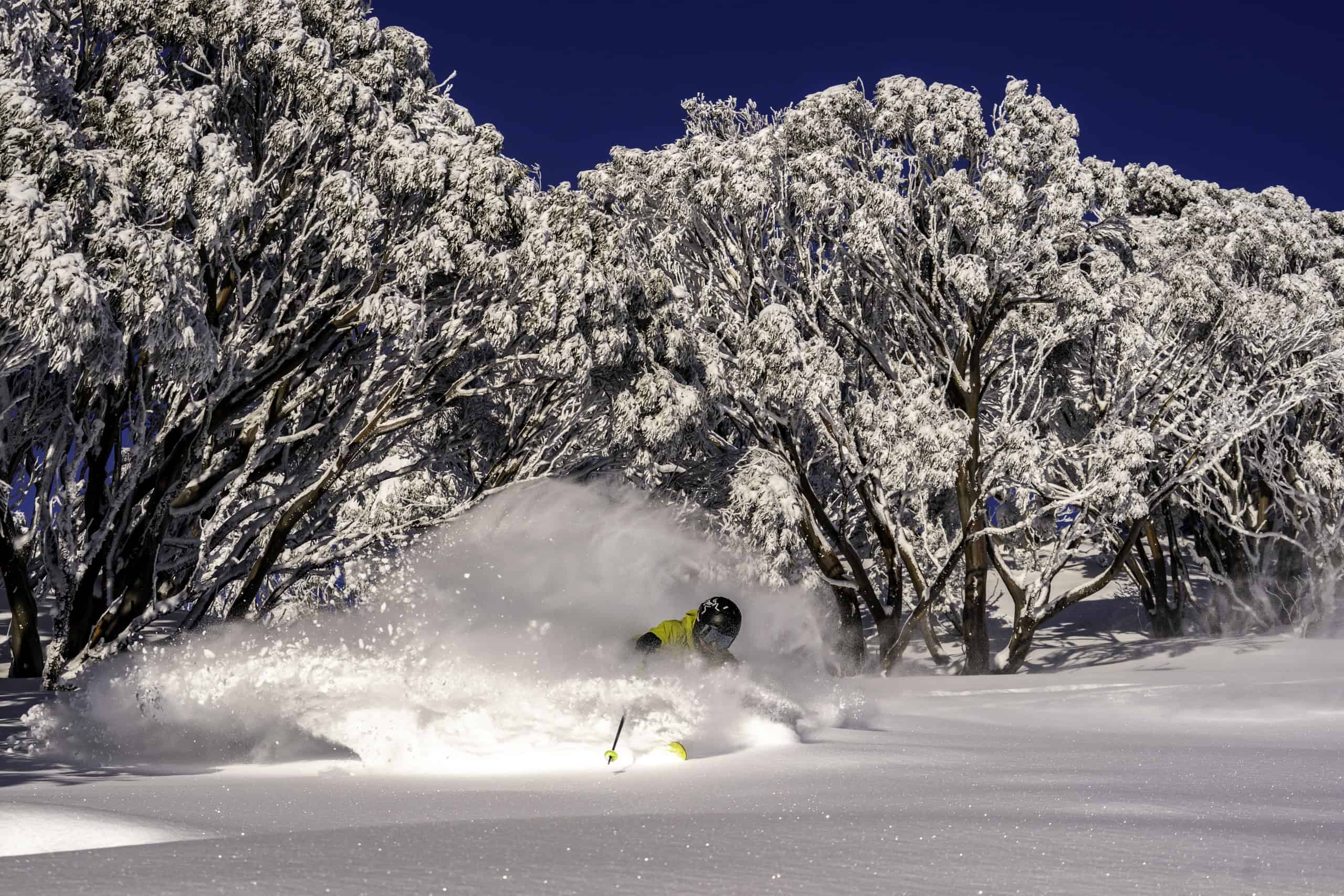Experience the Most Scenic Places to Experience Snow In Australia for a Unforgettable Winter Getaway
Experience the Most Scenic Places to Experience Snow In Australia for a Unforgettable Winter Getaway
Blog Article
Discover the Fascinating Impacts of Snow in Australia on Neighborhood Ecosystems
Despite its online reputation for sun-soaked landscapes, Australia likewise flaunts areas buried by snow-- a sensation that exceptionally affects the country's unique ecosystems. The protecting homes of snowflakes safeguard plants and animals among the chilliest wintertimes, while the melting snow supports rivers and marine life.
The Unexpected Regions of Snowfall in Australia
Although Australia is often associated with sun-scorched landscapes and sandy coastlines, particular areas remarkably experience snowfall. The high nation areas of New South Wales, Victoria, and Tasmania are specifically understood for their winter months snow. The Snowy Mountains in NSW, for circumstances, obtain abundant seasonal snow, offering a stark contrast to the nation's normal warm, dry environment. At the same time, the Victorian Alps and parts of Tasmania also see yearly snowfalls, changing the landscape into a winter season paradise. These locations are not simply abnormalities yet important parts of Australia's varied climate system. The existence of snow in these regions considerably affects local ecosystems, subsequently impacting the country's one-of-a-kind biodiversity. The details effect on Australia's distinctive vegetation will be reviewed in the next area.

Just How Snow Impacts Australia's Special Vegetation
While it might seem unusual, snowfall in Australia plays a vital role fit the country's one-of-a-kind plants. The snow-filled winters months foster strength in Australian plant varieties. This is specifically apparent in the sub-alpine and alpine areas, where snow gum tissues and hill plum-pines grow. These plants have advanced to endure in extreme problems, with snow functioning as a protective blanket from freezing temperature levels and harsh winds. The snow additionally adds to the dampness material of the dirt, offering needed hydration for plant life during the completely dry summertime months. In essence, the snow affects the timing of blooming and seed dispersal, the growth rates, and the survival of lots of plant varieties, showcasing the detailed interplay between environment and vegetation in Australia.
The Adaptations of Australian Animal to Snowfall
Equally as Australia's vegetation has actually adapted to the wintery conditions, the local fauna also, exhibit amazing adjustments to the snowfall. Variety like the Mountain Pygmy-possum, the only Australian marsupial recognized to hibernate, have actually progressed methods to make it through in snowy settings. It uses the snow as insulation, hibernating in rock holes beneath the snow to stay warm. Likewise, the Snow Skink, a varieties of reptile, changes its colour to white during winter months, supplying camouflage against killers. news Birds such as the Snowy Hills' Crimson Rosella likewise adjust their diet plans to take in offered food sources during chillier durations. Hence, despite the rough conditions, Australian animals demonstrates a resistant and flexible nature, ensuring their survival in areas experiencing snowfall.
The Role of Snow in Shaping Local Communities
In forming the neighborhood ecological communities, the function of snow in Australia is both profound and multilayered. Snow provides a crucial water source, feeding rivers and reservoirs as it thaws, therefore supporting a range of aquatic life types. The existence of snow shapes the check this site out plants patterns, animal actions, and total sustainability of Australia's one-of-a-kind ecosystems.

The Future of Snowfall in Australia: Forecasts and Implications

Provided the important duty snow plays fit regional ecosystems, the future of snowfall in Australia is drawing raising focus from researchers and environmentalists. Present climate models anticipate a substantial decrease in snowfall because of global warming, with potentially extensive influences on local environments. Less snow might cause reduced water availability in towering regions, detrimentally influencing wild animals environments and plant life. Moreover, it could alter the timing of seasonal modifications, interfering with the life process of many native varieties. The tourism market, greatly reliant on the winter snow period, website link might also encounter substantial obstacles. Consequently, understanding these forecasts and their effects is crucial to create reliable preservation methods, guaranteeing the preservation of Australia's unique biodiversity and the sustainability of its economic situation.
Verdict
The function of snow in Australia's ecological communities is crucial yet frequently ignored. It acts as a protector, a nurturer, and a shaper of varied towering species, adding to the richness of Australia's high country. As weather patterns proceed to move, comprehending the effects and prospective transformations of these snow-influenced communities is crucial. Hence, the snow in Australia is more than an all-natural spectacle; it's a crucial player in the nation's ecological story.
Regardless of its track record for sun-soaked landscapes, Australia additionally flaunts areas blanketed by snow-- a sensation that greatly affects the country's one-of-a-kind communities. It utilizes the snow as insulation, hibernating in rock crevices below the snow to stay cozy - Snow In Australia.In forming the local ecosystems, the function of snow in Australia is both multilayered and extensive. The visibility of snow shapes the vegetation patterns, pet actions, and total sustainability of Australia's distinct communities
Provided the critical duty snow plays in forming neighborhood communities, the future of snowfall in Australia is attracting boosting interest from researchers and ecologists.
Report this page